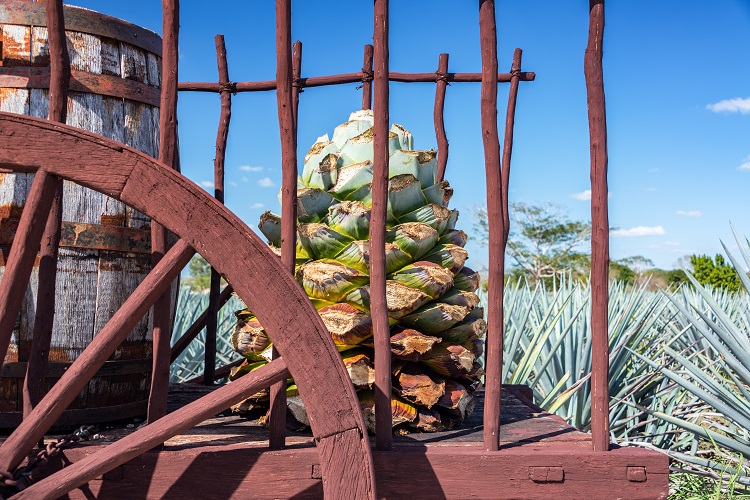
Tequila is made from the juice of the blue agave. The blue agave is a spiny plant native to Mexico and grown near Jalisco, in the center of the country. The production of tequila begins with the harvest of the agave plants, which must be at least 8-10 years old. The head of the agave, or "piña," is harvested, the leaves are removed, and the piñas are then cooked in ovens or pits to release juice and sugar.
The extracted juice is then usually fermented and distilled to produce tequila. There are two main categories of tequila: 100% agave tequila, which is made exclusively from agave sugar, and tequila, which is made from a mixture of agave sugar and other sugar sources (such as cane sugar).
The quality of tequila depends on several factors, including the aging period and the manufacturing process. Blanco tequila is white and unaged, Anejo tequila is aged in oak barrels for at least one year and has a golden color, while Extra Anejo tequila is aged for at least three years and has a dark color. Aging in oak barrels gives the tequila a richer and more complex flavor and excellent aroma.